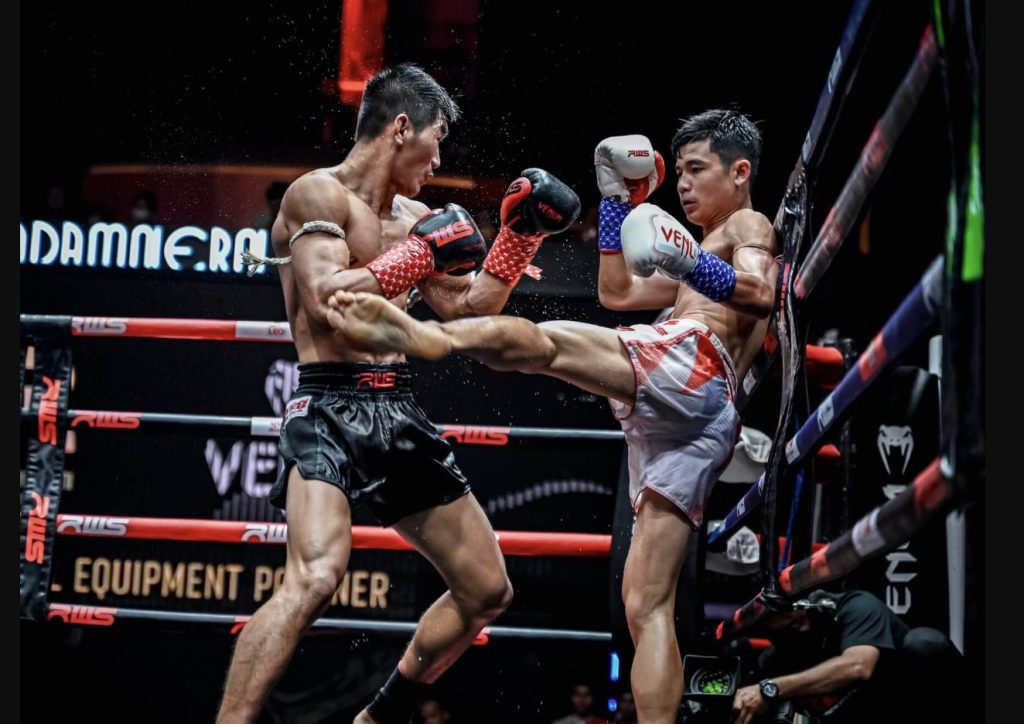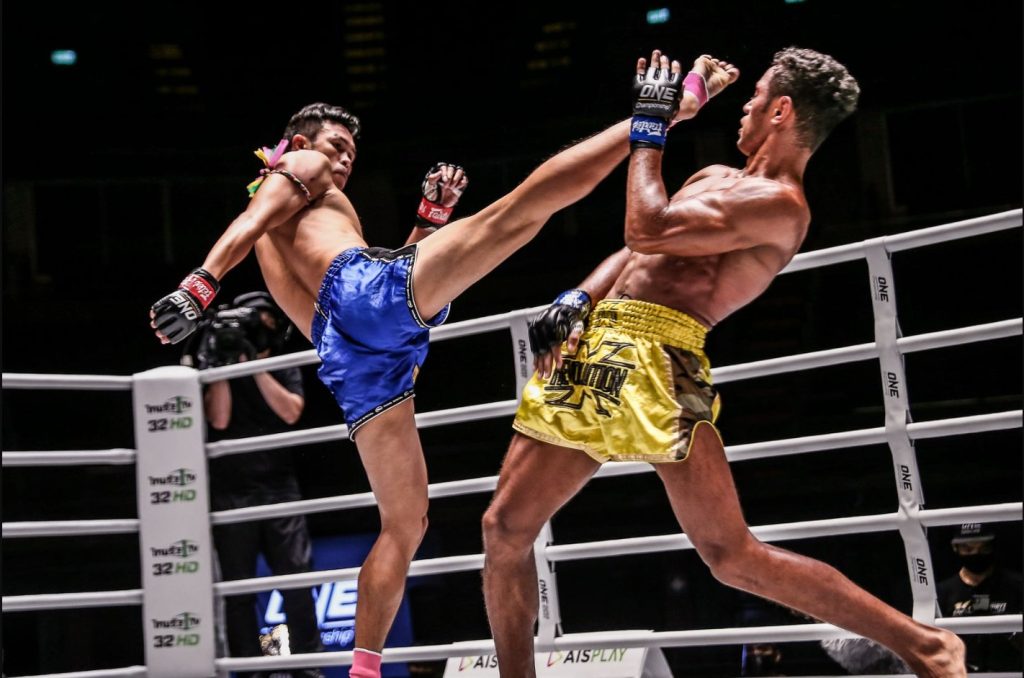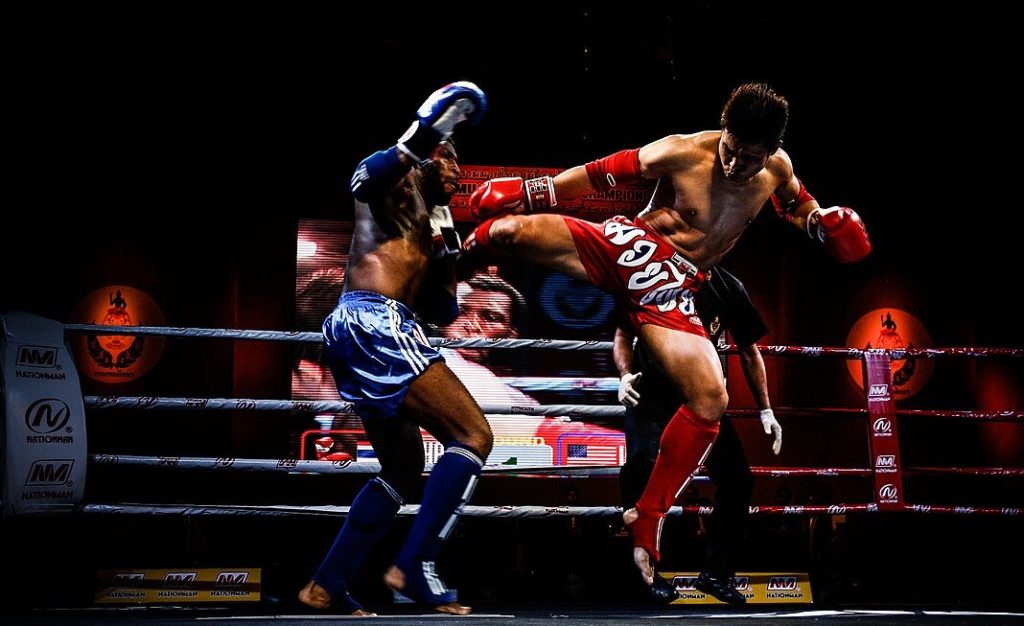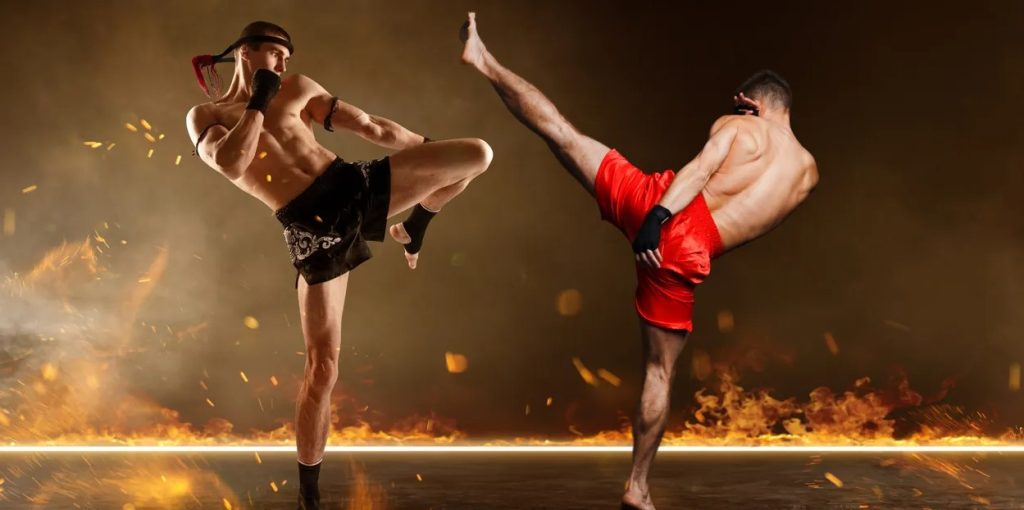Muay Thai, often called “The Art of Eight Limbs,” is a traditional combat sport and martial art originating from Thailand. Known for its power, efficiency, and simplicity, Muay Thai has gained international recognition not only as a sport but also as a discipline for self-defense, fitness, and mental conditioning.

Table of Contents
This article explores the fundamentals of Muay Thai—its techniques, history, training, cultural roots, and global impact.
Understanding Muay Thai

Muay Thai is a stand-up striking martial art that uses eight contact points: fists, elbows, knees, and shins. It emphasizes powerful and efficient strikes, along with clinching techniques to control or disable opponents at close range.
Key Components of Muay Thai
| Contact Point | Body Part Used | Primary Function |
|---|---|---|
| Punches | Fists | Jabs, crosses, hooks, uppercuts |
| Elbows | Elbows | Short-range striking, cutting |
| Knees | Knees | Striking during clinch or mid-range |
| Kicks | Shins/Feet | Roundhouse, teep (push kick), low kicks |
Muay Thai’s simplicity and raw power make it both effective in self-defense and applicable in competitive sports like MMA (Mixed Martial Arts).
A Brief History of Muay Thai
Muay Thai has evolved over centuries from Muay Boran, an ancient Siamese martial art used in military combat. As Thailand modernized, so did the sport, transforming into the rule-based system we see today.
Timeline of Muay Thai Development
| Period | Key Events | Description |
|---|---|---|
| 13th–18th Century | Muay Boran | Used by soldiers in the Kingdom of Siam for warfare |
| 18th Century | Matches held during festivals | Became a form of entertainment and tradition |
| 20th Century | Sport modernization | Gloves, weight classes, rules introduced |
| Present Day | Global expansion | Practiced worldwide for fitness, self-defense, and sport |
Muay Thai Techniques

1. Punches
While similar to Western boxing, Muay Thai uses fewer combinations and focuses on delivering maximum power.
- Jab
- Cross
- Hook
- Uppercut
- Overhand
2. Kicks
Muay Thai kicks are notoriously powerful due to the use of the shin instead of the foot.
- Roundhouse kick (middle kick)
- Teep (push kick)
- Low kick (targeting thighs)
- Axe kick (less common)
3. Elbows
Used to cut or knock out an opponent, often in the clinch.
- Horizontal elbow
- Uppercut elbow
- Spinning elbow
4. Knees

Deployed in the clinch or during forward motion.
- Straight knee
- Flying knee
- Curved knee
5. Clinch
A crucial aspect of Muay Thai. Fighters use clinching to control, off-balance, and strike with knees and elbows.
Training in Muay Thai
Muay Thai training is demanding and emphasizes both physical and mental conditioning. A typical session includes cardio, technique drills, sparring, and pad work.
Common Elements of Muay Thai Training
| Training Element | Description | Purpose |
|---|---|---|
| Skipping/Running | 3–10 km daily | Build endurance |
| Shadowboxing | Practicing moves without an opponent | Technique and rhythm |
| Pad work | Hitting Thai pads with coach | Power, accuracy, combo flow |
| Bag work | Heavy bag training | Conditioning and power |
| Sparring | Controlled fighting practice | Application of techniques |
| Clinching drills | Partner training | Improve control and close-range fighting |
Cultural Significance
Cultural Symbols in Muay Thai

| Symbol | Meaning | Use |
|---|---|---|
| Wai Kru Ram Muay | Respect and gratitude | Performed before matches |
| Mongkhon (headband) | Protection, blessing from teacher | Worn during Wai Kru |
| Pra Jiad (armbands) | Luck, strength, family honor | Tied around arms |
Rules and Scoring in Muay Thai
Modern Muay Thai matches are regulated and judged based on a clear scoring system. Fights typically consist of 5 rounds of 3 minutes with a 2-minute rest between rounds.
Muay Thai Scoring Criteria
| Criteria | Description |
|---|---|
| Effective Striking | Clean hits using fists, elbows, knees, and kicks |
| Ring Control | Ability to control pace and movement |
| Aggression | Demonstrating dominance without being reckless |
| Defense | Ability to block, avoid, or counter strikes |
| Technique | Execution, balance, and form |
Muay Thai vs. Other Martial Arts
Muay Thai is often compared to other striking arts. It stands out for its versatility and efficiency.
Muay Thai vs. Other Martial Arts
| Martial Art | Striking Tools | Clinch Allowed | Focus |
|---|---|---|---|
| Muay Thai | Fists, Elbows, Knees, Shins | Yes | Full-body striking |
| Kickboxing | Fists, Feet | Limited | Fast-paced striking |
| Boxing | Fists | No | Hand techniques, head movement |
| Karate | Fists, Feet | No | Point fighting, discipline |
| Taekwondo | Feet, Limited Hands | No | High, flashy kicks |
Health and Fitness Benefits

Whether practiced competitively or recreationally, Muay Thai offers a range of physical and mental health benefits.
Benefits of Practicing Muay Thai
| Benefit | Description |
|---|---|
| Cardiovascular fitness | High-intensity workouts improve heart health |
| Full-body conditioning | Builds strength, endurance, and flexibility |
| Weight management | Burns 600–1000+ calories per session |
| Mental toughness | Enhances discipline, focus, and confidence |
| Stress relief | Releases endorphins, reduces anxiety |
Global Popularity
Muay Thai has become a global phenomenon. Gyms and federations now exist in every continent, and international events such as the IFMA World Championships attract elite fighters worldwide. It’s also frequently used as a foundational striking art in MMA.
Countries like the U.S., Australia, Netherlands, France, and Japan have robust Muay Thai communities, with local champions and international contenders.
Muay Thai is a complete martial art that combines power, strategy, tradition, and respect. With its ancient roots and modern application, it serves as a gateway to physical fitness, self-discipline, and cultural appreciation. Whether you’re stepping into the ring or training for personal growth, Muay Thai offers lessons that go beyond the gym.
By embracing the Art of Eight Limbs, practitioners gain not only fighting skills but also confidence, humility, and an enduring connection to one of the world’s richest martial traditions.


